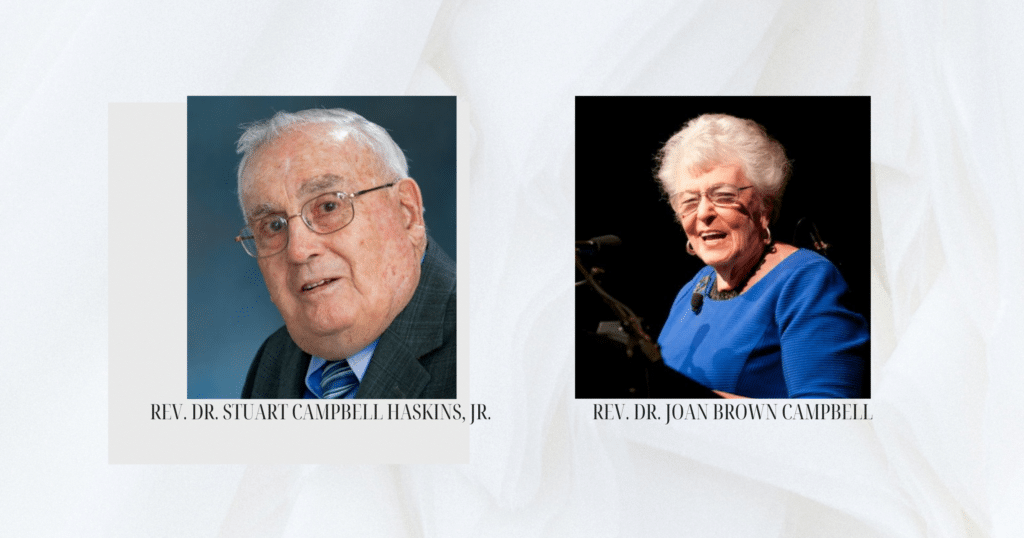Commentary: Syria: Our Response to Crisis
 Since the beginning of the Syrian civil war in 2011, approximately half of the country’s population of 22 million has either crossed borders into neighboring countries as refugees, or is internally displaced within Syria. If the same percentage of the population of the United States was impacted by violence in our neighborhoods, 160 million of us would be forced to flee from our homes in order to save our lives.
Since the beginning of the Syrian civil war in 2011, approximately half of the country’s population of 22 million has either crossed borders into neighboring countries as refugees, or is internally displaced within Syria. If the same percentage of the population of the United States was impacted by violence in our neighborhoods, 160 million of us would be forced to flee from our homes in order to save our lives.
Were the United States to absorb refugees in the same proportion as Lebanon does, we would be inundated by 80 million frightened, traumatized, war-weary humans in desperate need of hospitality. Most of them would arrive with nothing more than they could carry; half of them would be children. The Syrian crisis is one of the worst humanitarian disasters since World War II, and the end is not in sight.
Two types of response are needed. First are the immediate needs of humanitarian assistance. In December 2014 the World Food Program announced that it had run out of funds to supply food for 1.7 million refugees. While “compassion fatigue” has set in, “war fatigue” has not. Food, clothing, shelter, medical care, electricity and many other essentials are in desperately short supply, but weapons continue to pour into Syria in great abundance.
The Center for Strategic and Budgetary Assessments estimates that U.S. military action in Iraq and Syria against the Islamic State could cost $22 billion dollars annually, given likely increases in operations. By comparison, the U.S. recently announced just over $500 million in humanitarian assistance to Syrians. Funds to maintain life are dwarfed by those available to inflict death.
In addition to ramping up the humanitarian response, efforts for a political settlement must be redoubled. Clearly, there are no straightforward political solutions given the complex and ever-shifting nature of the Syrian conflict. Today, the civil war continues alongside a convoluted set of proxy wars involving the United States, Russia, Iran, Saudi Arabia, Turkey and others. The conflict has intensified with the ascent of the Islamic State which arose out of the ashes of other regional conflicts, and especially the war in Iraq.
While religious sectarianism is often portrayed as the motive for the violence, the fact is that religious differences in Syria are being exploited and manipulated in cynical attempts by internal and external forces to gain access to power and resources. Caught in the middle of the regional and global struggle, the Syrian people continue to suffer.
Peace will not come when the warring parties exhaust themselves and lay down their arms. In Syria, as everywhere, true peace comes only when it is established on the solid foundations of a justice that affirms the dignity and rights of all. While justice is not easily attained, neither is it a utopian dream. A failed Syrian state is not in the national self-interest of the competing countries that underwrite the war. Turning off the spigot of arms and money to belligerent groups and reversing the amounts of money spent on weapons and humanitarian assistance would be significant steps.
The Rev. James Moos is a national officer of the United Church of Christ and executive minister of Wider Church Ministries.
View this and other columns on the UCC’s Witness for Justice page.
Donate to support Witness for Justice through the Neighbor in Need offering.
Click here to download the bulletin insert.
Related News
Peace Be With You…
“…And also with you” is the response on Sunday mornings and on occasions where the peace...
Read MoreBreaking barriers and forging loving partnerships: Two servants of God are remembered
This Eastertide, the United Church of Christ remembers the Rev. Dr. Joan Brown Campbell and...
Read MoreGetting down and dirty in the soil: Rural congregation discovers ‘life has the last word’
The Rev. Julia L. Brown has a love/hate relationship with this time of year. “I dislike...
Read More



